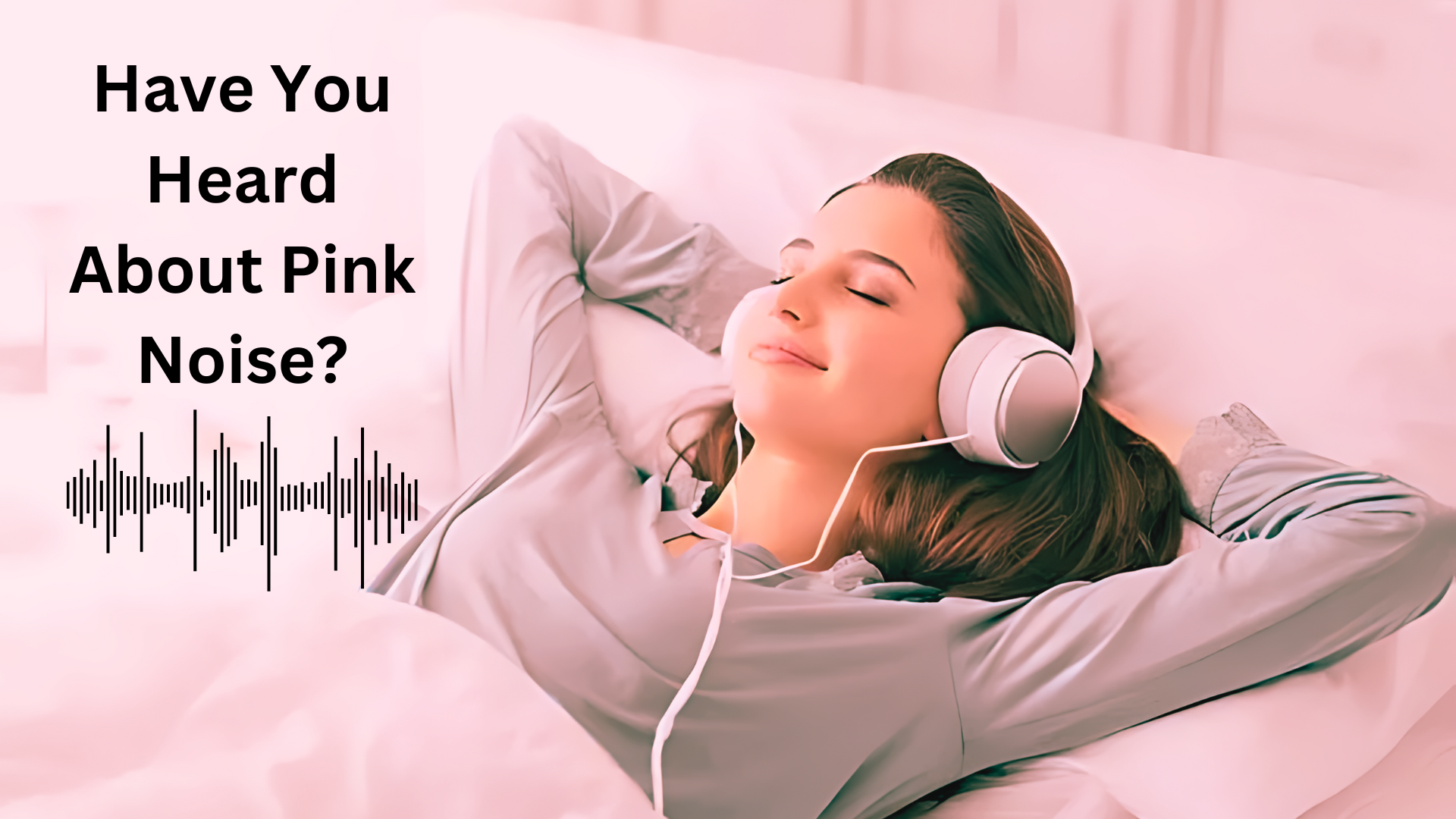The concept of using sound to enhance concentration, sleep, and relaxation is not new, but recent interest in different types of “color noises” has brought new dimensions to this idea. These include pink noise, brown noise, green noise, and more, each with its unique characteristics and potential benefits. Despite the burgeoning popularity of these sounds on platforms like YouTube and various meditation apps, the scientific backing is still in its infancy, with only a few small-scale studies conducted. However, the early findings are promising, particularly for individuals with attention-deficit/hyperactivity disorder (ADHD).
Understanding Pink Noise
To grasp the concept of pink noise, it’s useful to start with white noise, the most commonly known among color noises. White noise is akin to the static sound on a radio or TV, characterized by having equal intensity across all audible frequencies. This uniformity in sound is reminiscent of white light, which comprises all visible color wavelengths.
However, the higher frequencies in white noise can often be perceived as harsh. Pink noise, on the other hand, reduces the intensity of these higher frequencies, resulting in a lower pitch that is often compared to the soothing sounds of rain or ocean waves. Brown noise, which has an even lower pitch, offers a deeper, more rumbling sound that many find calming.
While white, pink, and brown noises have established definitions within the audio engineering community, other color noises like green noise have more flexible and less universally agreed-upon characteristics.
The Science Behind Color Noises
Recent research has explored the potential benefits of white and pink noise, particularly for individuals with ADHD. A review of limited studies suggests that these types of noise might offer minor advantages by stimulating the brain without providing distracting information. Joel Nigg, an ADHD researcher and co-author of the review from Oregon Health & Science University, explains that this form of stimulation can wake up the brain, potentially aiding in focus and concentration.
In addition to ADHD, white noise has long been used to mask tinnitus, the persistent ringing or buzzing in the ears. This therapeutic use underscores the broader potential of white noise in clinical settings.
Pink noise, specifically, has garnered interest from researchers at Northwestern University, who are investigating how short pulses of this noise can enhance slow brain waves associated with deep sleep. Preliminary studies indicate that these pink-noise pulses might improve memory and relaxation by promoting slow-wave sleep, which is characterized by large, slow brain waves. Dr. Roneil Malkani, an associate professor of neurology at Northwestern University Feinberg School of Medicine, notes that pink noise’s frequency profile closely mirrors these slow-wave sleep frequencies.
If ongoing research confirms these findings, it could pave the way for medical devices designed to enhance sleep and memory through personalized pink-noise pulses. However, as Dr. Malkani emphasizes, many scientific questions remain unanswered, and substantial work is still needed to fully understand and harness these effects.
( video credits – AP )
Practical Use and Safety of Color Noises
For those seeking immediate benefits, using color noises can be a simple and low-risk way to enhance concentration or relaxation. Many people already use these sounds to drown out distractions and create a calming environment. It’s essential, however, to keep the volume at a safe level to avoid potential hearing damage. Joel Nigg advises taking regular breaks to rest the ears, ensuring that the use of color noises remains a beneficial and safe practice.
In summary, while the science behind color noises like white, pink, and brown is still developing, early research and anecdotal evidence suggest they can be valuable tools for improving concentration, sleep, and relaxation. Whether through professional applications or personal use, these soothing sounds offer a promising avenue for enhancing mental well-being and cognitive function. As research progresses, we can expect to learn more about the specific benefits and mechanisms of these fascinating auditory phenomena.
READ MORE : Unveiling The Ancient Influence: Early Sea Creature’s Behavior Fueled Animal Evolution


















